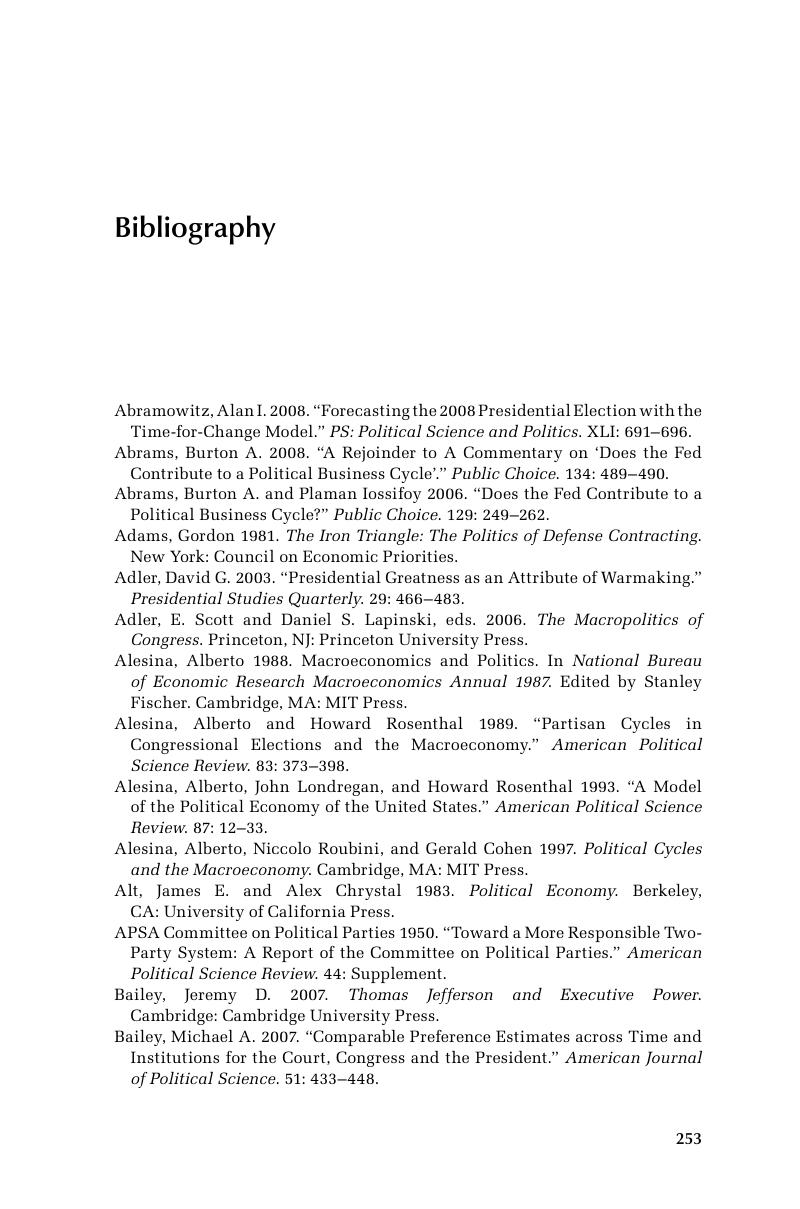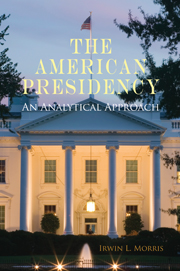Book contents
- Frontmatter
- Contents
- 1 Introduction
- 2 Science and the Study of the Presidency
- 3 The Presidency: Background and Foundations
- 4 Theories of Presidential Power
- 5 Electing a President
- 6 Congress and the President
- 7 The Supreme Court and the President
- 8 The President and the Executive Branch
- 9 The President and Foreign Policy Making
- 10 The President and Economic Policy Making
- 11 Presidential Greatness
- Bibliography
- Index
- References
Bibliography
Published online by Cambridge University Press: 05 June 2012
- Frontmatter
- Contents
- 1 Introduction
- 2 Science and the Study of the Presidency
- 3 The Presidency: Background and Foundations
- 4 Theories of Presidential Power
- 5 Electing a President
- 6 Congress and the President
- 7 The Supreme Court and the President
- 8 The President and the Executive Branch
- 9 The President and Foreign Policy Making
- 10 The President and Economic Policy Making
- 11 Presidential Greatness
- Bibliography
- Index
- References
Summary

- Type
- Chapter
- Information
- The American PresidencyAn Analytical Approach, pp. 253 - 266Publisher: Cambridge University PressPrint publication year: 2010

